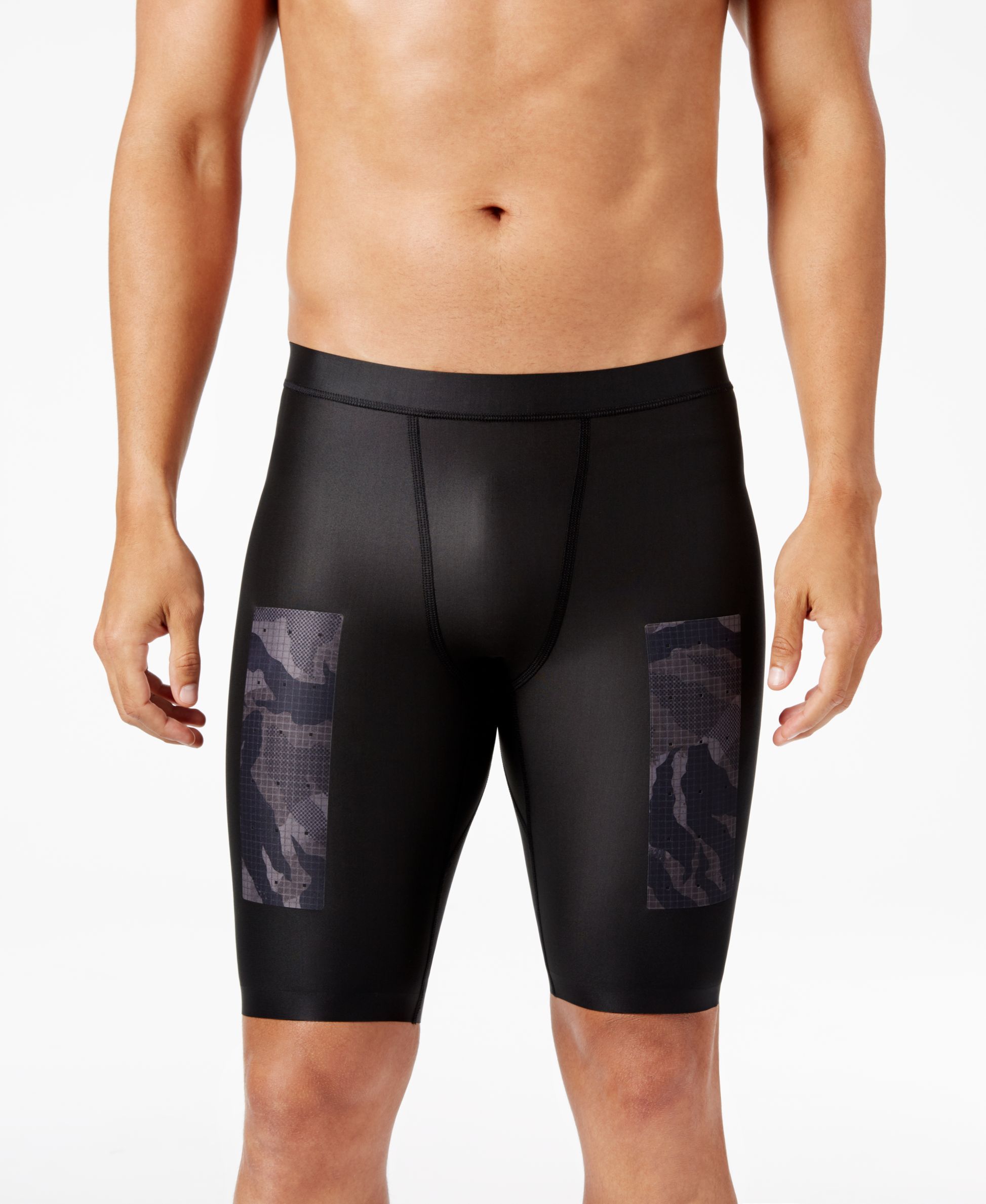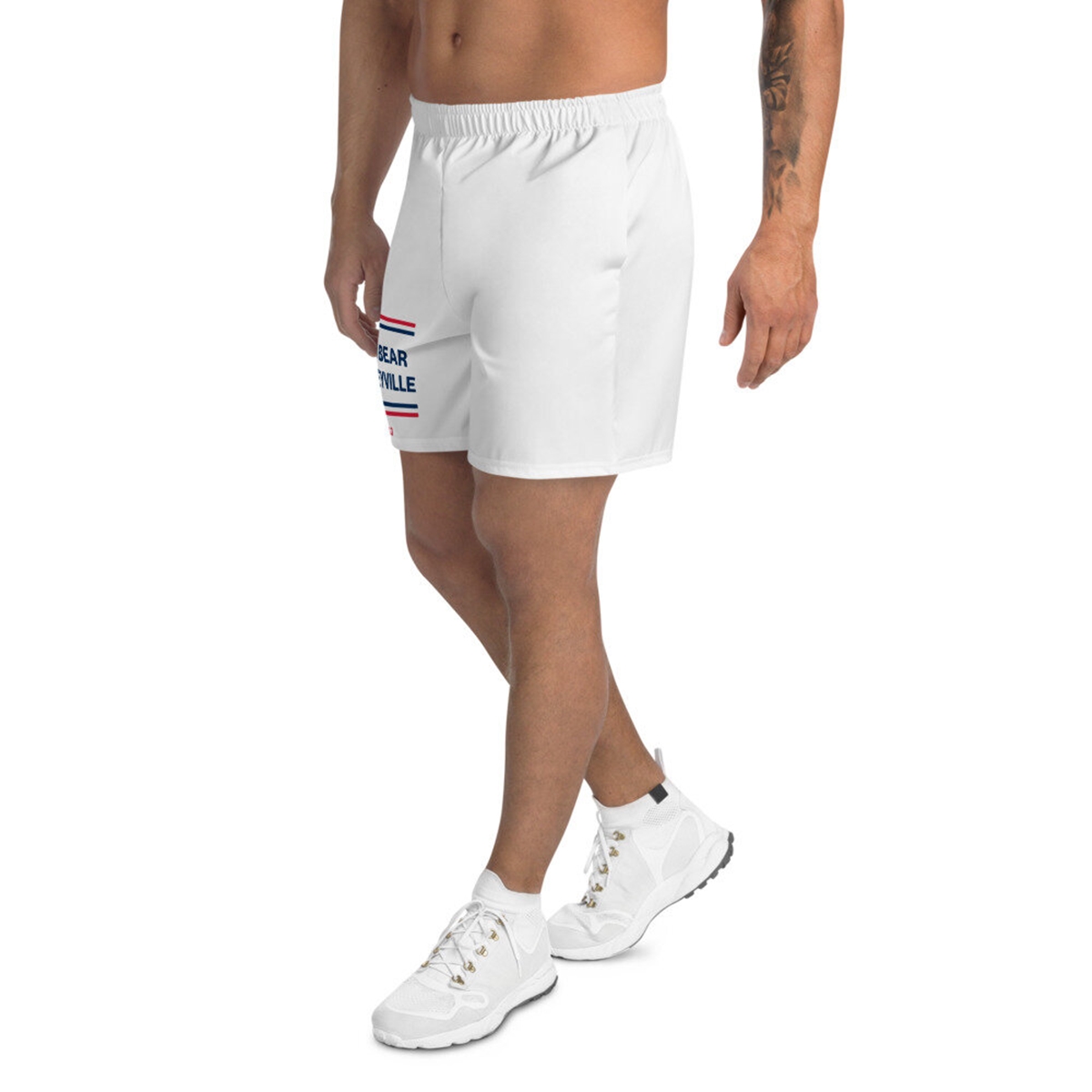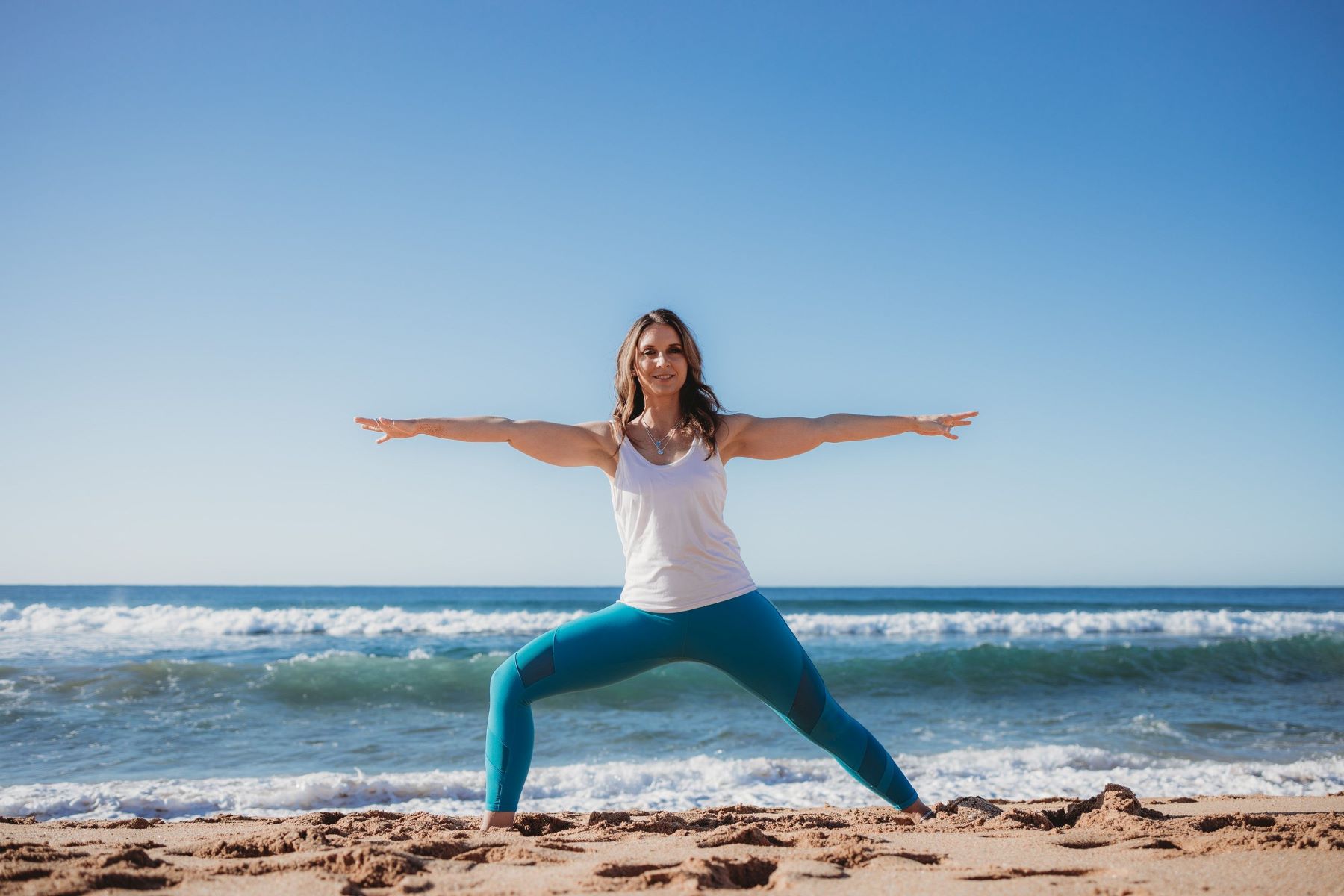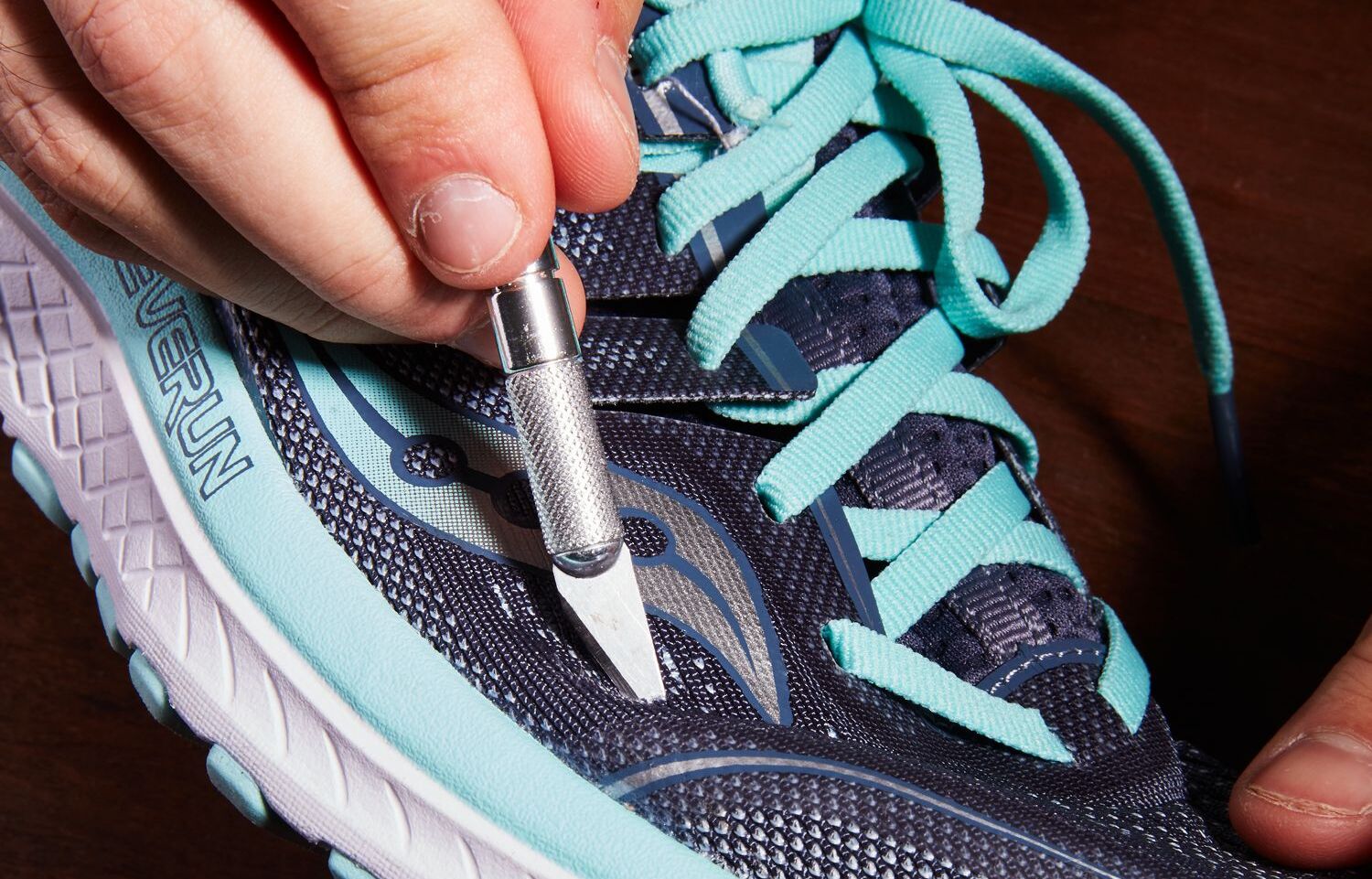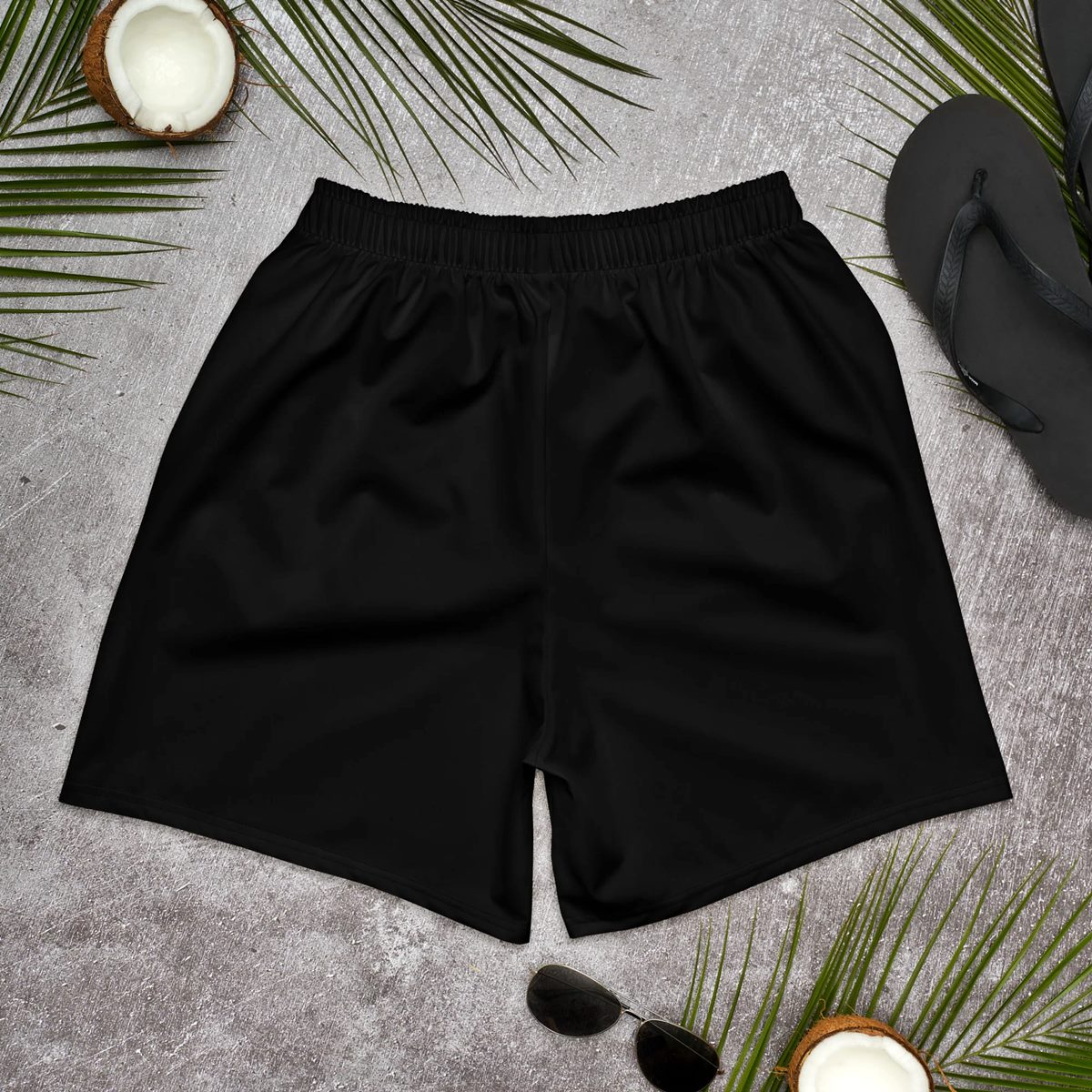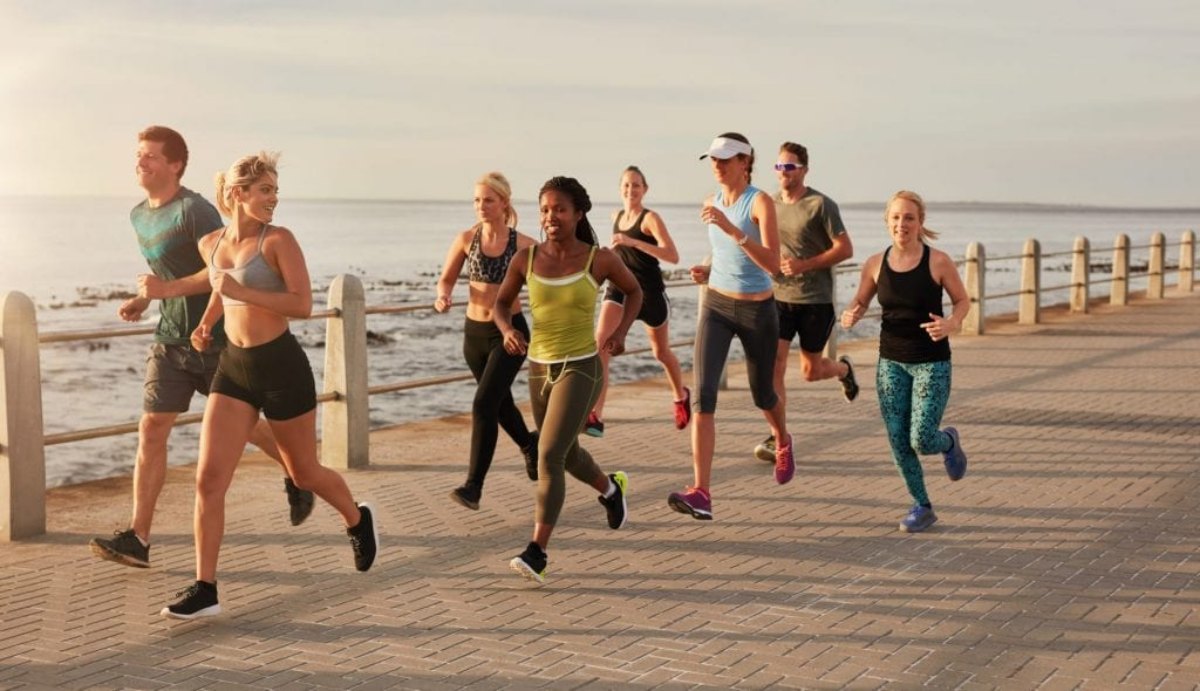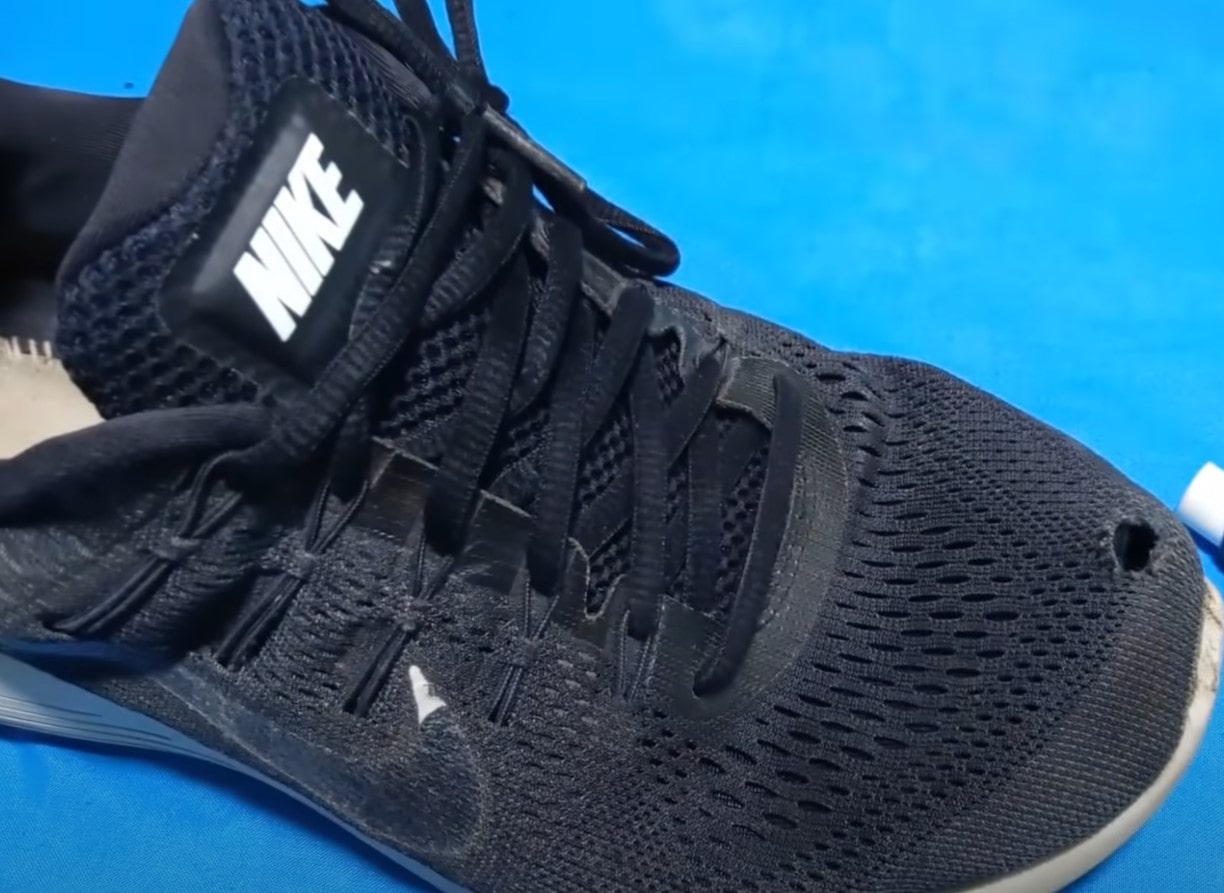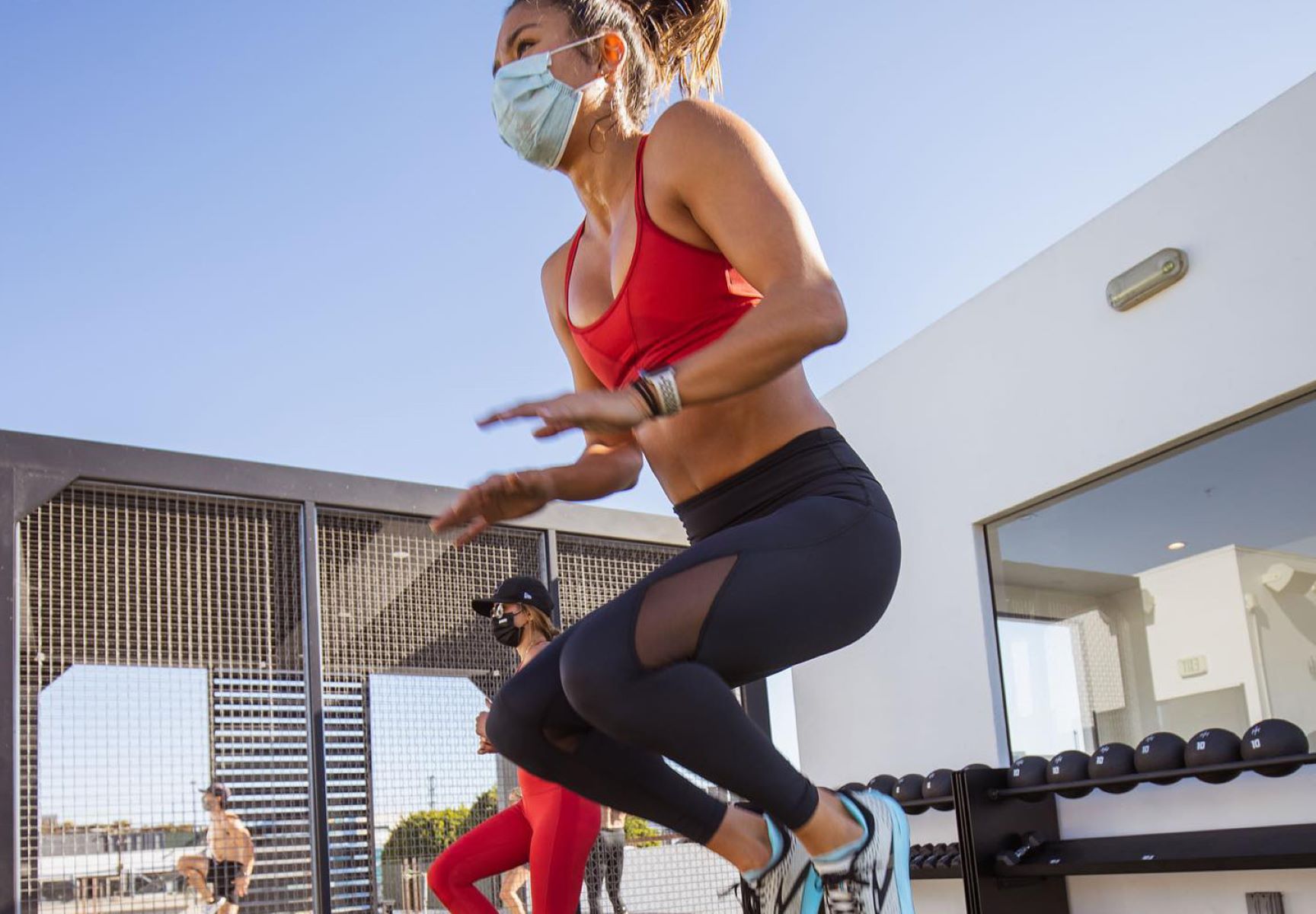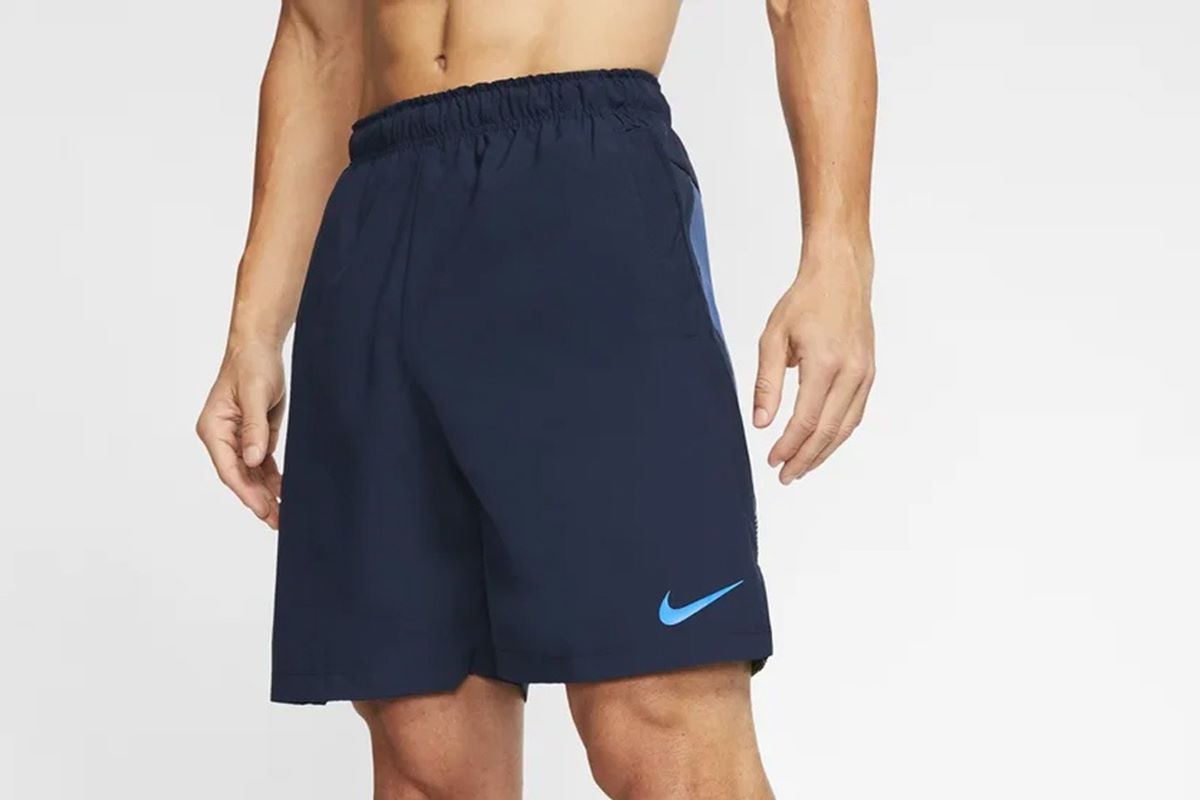Home>Misc>Featured>What Is The Best Thread To Use To Sew Activewear
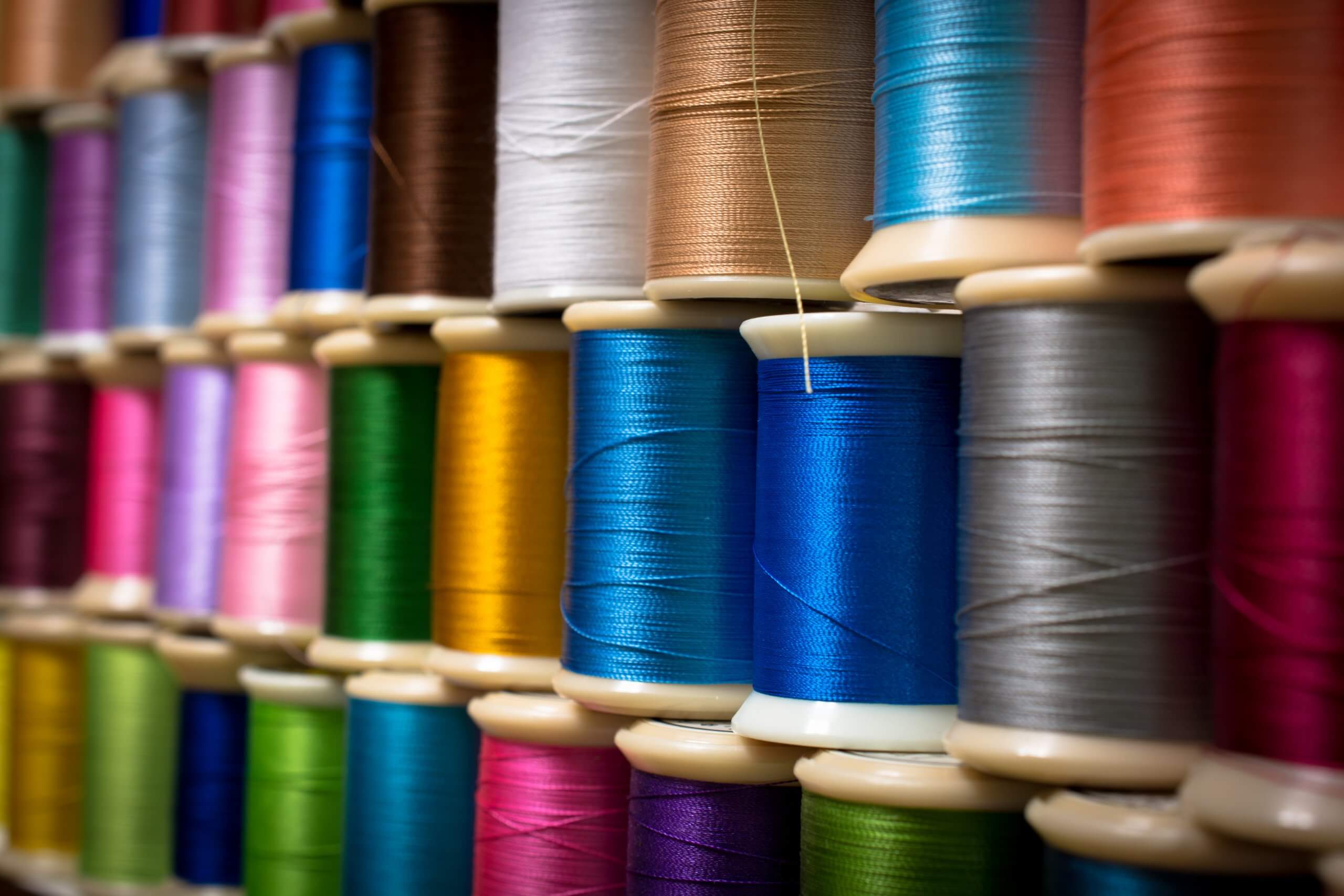

Featured
What Is The Best Thread To Use To Sew Activewear
Modified: January 2, 2024
Discover the Featured thread that's perfect for sewing activewear. Find out the best thread options to ensure durability and flexibility in your projects.
Introduction
Welcome to the world of activewear sewing! Whether you’re an avid fitness enthusiast, an athleisure lover, or a fitness apparel designer, knowing the best thread to use when sewing activewear is essential. Activewear requires specialized materials and construction techniques to withstand the rigors of physical activity and provide comfort and durability. This means that the choice of thread plays a crucial role in ensuring the longevity and performance of the finished garment.
In this article, we will explore the various types of threads specifically designed for sewing activewear. From polyester to nylon, spandex to performance polyester, each thread has its own unique characteristics that can enhance the functionality and aesthetic appeal of your activewear creations.
Whether you’re sewing stretchy leggings, moisture-wicking tops, or supportive sports bras, the thread you choose can make a significant difference in the overall quality and longevity of your garments. Not only does the thread need to withstand the stress of movement and stretch, but it also needs to be resistant to moisture, chemicals, and frequent washing.
Keeping these requirements in mind, let’s delve into the different types of threads that are well-suited for sewing activewear. By understanding their properties and advantages, you’ll be able to make an informed decision when it comes to selecting the best thread for your specific activewear projects.
Understanding the Requirements of Sewing Activewear
Sewing activewear comes with its own set of unique challenges and requirements. Activewear garments are designed to not only provide comfort and flexibility but also to withstand rigorous physical activity. Therefore, it’s essential to choose threads that can meet these specific needs. Here are a few key factors to consider when selecting the right thread for sewing activewear:
Stretch and Elasticity: Activewear fabrics are known for their stretch and elasticity, allowing for a wide range of movement. To ensure that the seams can withstand the stretching and recovering of the fabric, it’s important to use a thread that has good stretch and recovery properties. This will prevent the seams from breaking or popping when the garment is under stress.
Durability: Activewear garments are subjected to intense physical activity, frequent washing, and exposure to sweat. Therefore, the thread used should be durable enough to withstand these harsh conditions. It should be resistant to wear and tear, pilling, and fraying.
Moisture-wicking: When it comes to activewear, moisture-wicking properties are highly desirable. The thread should be able to draw moisture away from the body, keeping the wearer cool and dry during intense workouts. This helps in preventing discomfort and skin irritations caused by excessive sweating.
Chemical resistance: Activewear is often exposed to various chemicals, such as those found in detergents, lotions, and even chlorine in swimming pools. The thread used should be resistant to chemicals to avoid degradation, discoloration, or weakening of the seams.
Colorfastness: Activewear comes in a wide range of vibrant colors, and it’s important to choose a thread that is colorfast. This means that the thread won’t bleed or fade when exposed to washing or extended periods of sunlight.
By understanding these requirements, you can now make an informed decision when choosing the right type of thread to sew your activewear. In the next section, we’ll explore the different types of threads that are commonly used for sewing activewear, along with their unique properties and advantages.
Different Types of Threads for Sewing Activewear
When it comes to sewing activewear, there are several types of threads that are specifically designed to meet the demands of this high-performance apparel. Let’s take a closer look at some of these threads:
1. Polyester Thread: Polyester is one of the most commonly used threads for sewing activewear. It is known for its strength, durability, and resistance to stretching. Polyester threads have excellent colorfastness, meaning they will retain their vibrant colors even with repeated washing and exposure to sunlight. This makes them a great choice for activewear that requires bright or bold colors.
2. Nylon Thread: Nylon threads are another popular choice for sewing activewear. They are strong, durable, and have good elasticity, making them suitable for garments that require a high level of stretch. Nylon threads also have excellent resistance to abrasion, making them ideal for activewear that undergoes constant friction or rubbing.
3. Spandex Thread: Spandex threads, also known as elastic threads, are specifically designed for sewing stretchy fabrics and activewear. They have exceptional stretch and recovery properties, allowing them to maintain their shape even after repeated stretching. Spandex threads are often used in the construction of waistbands, cuffs, and other areas that require extra elasticity.
4. Performance Polyester Thread: Performance polyester threads are engineered specifically for activewear and sportswear. These threads are designed to have excellent moisture-wicking properties, drawing sweat away from the body and keeping the wearer dry and comfortable. They are also resistant to chlorine and other chemicals, making them ideal for activewear used in water sports or swimming.
It’s important to note that while these threads are specifically designed for sewing activewear, the choice of thread should also depend on the specific fabric you are working with. Some fabrics, like spandex or high-performance moisture-wicking fabrics, may require a specific thread type for optimal results.
Ultimately, the key is to choose a thread that matches the requirements of your activewear project. Consider factors such as stretch, durability, moisture-wicking properties, and colorfastness to ensure that your activewear garments can withstand the demands of physical activity and maintain their quality over time.
Now that we have explored the different types of threads available, let’s move on to the considerations you should keep in mind when choosing a thread for sewing activewear.
Polyester Thread
Polyester thread is a popular choice for sewing activewear due to its strength, durability, and resistance to stretching. It is made from synthetic fibers that offer excellent colorfastness, meaning the thread will retain its vibrant colors even with repeated washing and exposure to sunlight. This makes polyester thread a great option for activewear that requires bright or bold colors.
One of the key advantages of polyester thread is its high tensile strength. This means it can withstand the stress and strain of intense physical activity without breaking or popping. Polyester thread is also resistant to abrasion, making it suitable for activewear that undergoes constant friction or rubbing.
Another notable feature of polyester thread is its resistance to moisture. It does not absorb water easily and dries quickly. This is particularly important for activewear as it helps in wicking away sweat from the body, keeping the wearer comfortable and dry during workouts or outdoor activities.
In addition to its durability and moisture-wicking properties, polyester thread is also relatively affordable compared to other specialty threads. This makes it a cost-effective option for those who sew activewear on a budget.
When working with polyester thread, it is important to consider the weight or thickness of the thread. Thicker threads are generally stronger and more suitable for heavy-duty activewear garments, while finer threads are better for lightweight and stretchy fabrics.
However, one thing to keep in mind is that polyester thread may not stretch well with certain fabrics. If your activewear fabric requires a high degree of stretch, you may want to consider using a different thread, such as a nylon or spandex thread, which offers superior elasticity.
In summary, polyester thread is a versatile and durable option for sewing activewear. Its strength, colorfastness, and resistance to moisture make it a reliable choice for a wide range of activewear projects. Just ensure that you consider the specific requirements of your fabric and choose the appropriate weight and thickness of the thread to achieve the best results.
Nylon Thread
Nylon thread is a popular choice for sewing activewear due to its strength, durability, and elasticity. It is made from synthetic fibers that offer excellent resistance to stretching, making it ideal for garments that require a high level of stretchability.
One of the key advantages of nylon thread is its exceptional tensile strength. It can withstand the stress and strain of intense physical activity without breaking or popping, ensuring that the seams hold up well under pressure. This makes nylon thread a reliable choice for activewear that undergoes frequent stretching or movement.
In addition to its strength, nylon thread is also highly resistant to abrasion. This means that it can withstand constant friction or rubbing without fraying or weakening. This is particularly important for activewear that is exposed to repeated movement or contact with rough surfaces.
Another notable feature of nylon thread is its elasticity. It has good stretch and recovery properties, allowing it to maintain its shape even after repeated stretching. This is particularly beneficial for activewear that requires flexibility and freedom of movement, such as leggings or athletic shorts.
Nylon thread is also known for its resistance to moisture. It does not absorb water easily, making it suitable for activewear that needs to remain dry and comfortable during intense workouts. Additionally, nylon thread dries quickly, reducing the risk of prolonged moisture exposure that can lead to discomfort or skin irritations.
When working with nylon thread, it is important to select the appropriate weight or thickness for your project. Thicker threads are generally stronger and more suitable for heavy-duty activewear garments, while finer threads are better for lightweight fabrics or delicate areas of the garment.
It’s important to note that while nylon thread offers excellent strength and elasticity, it may not have the same level of colorfastness as polyester thread. Therefore, when choosing nylon thread for activewear, it’s advisable to consider the fabric’s care instructions and potential color bleeding or fading.
In summary, nylon thread is a durable and stretchy option for sewing activewear. Its strength, elasticity, and resistance to abrasion make it well-suited for garments that undergo frequent stretching and movement. Just ensure that you select the appropriate weight and consider the fabric’s care instructions to achieve the best results.
Spandex Thread
Spandex thread, also known as elastic thread, is specifically designed for sewing stretchy fabrics and is a fantastic choice for sewing activewear. It is made from a synthetic elastomeric fiber that provides exceptional stretch and recovery properties. Spandex threads are ideal for garments that require a high level of elasticity and shape retention.
One of the key advantages of spandex thread is its ability to stretch and recover without losing its shape. It can withstand repeated stretching and return to its original form, ensuring that the seams maintain their integrity even during intense physical activity.
Spandex thread is commonly used in the construction of activewear waistbands, cuffs, and other areas that require extra stretch. It allows for a comfortable and secure fit, preventing the garment from sagging or losing its shape over time.
In addition to its excellent stretch properties, spandex thread also offers a high degree of durability. It is resistant to wear and tear, making it suitable for activewear garments that undergo frequent movement, stretching, and washing.
Another advantage of using spandex thread is that it helps to enhance the overall flexibility and range of motion of the activewear garment. It allows the fabric to stretch and move with the body, providing a comfortable and unrestricted fit for the wearer.
When working with spandex thread, it is important to use the correct tension and stitch length on your sewing machine. This will ensure that the thread is securely stitched without causing any puckering or stretching of the fabric. It is also recommended to use a ballpoint needle, as this will help to prevent any damage to the spandex fibers.
While spandex thread is an excellent choice for stretchy activewear fabrics, it may not be suitable for all types of materials. It is best used with fabrics that have a significant amount of stretch, such as elastane blends or fabrics with high Lycra content.
In summary, spandex thread is a versatile and essential option for sewing activewear. Its exceptional stretch and recovery properties, as well as its durability, make it a reliable choice for garments that require a high level of elasticity and shape retention. Just ensure that you adjust your sewing techniques accordingly to achieve the best results.
Performance Polyester Thread
Performance polyester thread is a specialized thread designed specifically for sewing activewear and sportswear. It offers a range of features that make it an excellent choice for sewing high-performance garments.
One of the key advantages of performance polyester thread is its exceptional moisture-wicking properties. It is designed to draw moisture away from the body, keeping the wearer cool and dry during intense workouts. This is particularly beneficial for activewear that is used in activities that involve a lot of sweating.
Performance polyester thread is also resistant to chlorine and other chemicals commonly found in swimming pools. This makes it a great option for activewear used in water sports or activities involving exposure to chlorinated water. The thread maintains its strength and color even when exposed to these chemicals.
In addition, performance polyester thread is known for its durability and colorfastness. It can withstand frequent washing and exposure to sunlight without fading or losing its vibrant colors. This ensures that the activewear garments maintain their visual appeal over time.
Another important feature of performance polyester thread is its high tensile strength. It can withstand the stress and strain of intense physical activity without breaking or popping. This is crucial for activewear that requires strong, reliable seams to withstand the demands of movement and stretching.
When using performance polyester thread, it is recommended to carefully adjust the tension and stitch length on your sewing machine to ensure proper stitch formation and prevent any puckering on the fabric. Additionally, using a ballpoint needle or a needle specifically designed for synthetic fabrics can help to prevent any damage or snagging of the performance polyester thread.
Overall, performance polyester thread is an excellent choice for sewing activewear and sportswear that requires moisture-wicking properties, resistance to chlorine, durability, and vibrant colors. It offers the strength and functionality necessary for high-performance garments, ensuring that they can withstand the rigors of physical activity while maintaining their quality and appearance.
Considerations When Choosing a Thread for Sewing Activewear
When it comes to choosing the right thread for sewing activewear, there are several important factors to consider. Here are some key considerations that can help you make an informed decision:
1. Fabric Type: The type of fabric you’ll be working with is a crucial factor in choosing the appropriate thread. Different fabrics have different stretch, weight, and texture. Ensure that the thread you select is compatible with the fabric’s properties to ensure optimal performance and durability.
2. Stretch and Elasticity: Activewear fabrics are known for their stretch and elasticity. Choose a thread that has good stretch and recovery properties to ensure the seams can withstand the stretching and recovering of the fabric without breaking or popping.
3. Durability: Activewear garments undergo rigorous physical activity and frequent washing. It’s important to select a thread that is durable and resistant to wear and tear. This will ensure that the seams hold up well under stress and maintain their strength and integrity over time.
4. Moisture-Wicking Properties: Activewear is designed to keep the wearer cool and dry during workouts. Choosing a thread with moisture-wicking properties can help draw sweat away from the body, enhancing comfort and preventing skin irritations caused by excessive moisture.
5. Colorfastness: Vibrant and fade-resistant colors are an important aspect of activewear. Opt for a thread that is colorfast, meaning it won’t bleed or fade when exposed to washing or extended periods of sunlight.
6. Chemical Resistance: Activewear garments are often exposed to chemicals such as detergents, lotions, or chlorine in swimming pools. Ensure that the thread you select is resistant to these chemicals to prevent damage or weakening of the seams.
7. Needle Compatibility: It’s important to pair your thread with the appropriate needle. Consider the weight and thickness of the thread when selecting a needle size to ensure smooth stitching and prevent any damage to the fabric or thread.
8. Cost and Availability: While quality is important, factors such as budget and availability should also be considered. Choose a thread that fits within your budget and is readily available for future projects.
By considering these factors, you can choose the most suitable thread for your activewear projects. Remember to test the thread on a scrap piece of fabric before starting your sewing project to ensure it meets your desired expectations.
Conclusion
Choosing the right thread is crucial when it comes to sewing activewear. The thread you choose can greatly impact the functionality, durability, and aesthetics of your activewear garments. By understanding the specific requirements of activewear and considering factors such as stretch, durability, moisture-wicking properties, and colorfastness, you can make an informed decision when selecting the best thread for your projects.
Polyester thread is a versatile and durable option, known for its strength and resistance to stretching. It is a popular choice for activewear due to its affordability and colorfastness. Nylon thread, on the other hand, offers excellent strength, elasticity, and resistance to abrasion. It is a great option for activewear that requires a high level of stretch and durability.
Spandex thread, also known as elastic thread, is specifically designed for stretchy fabrics and provides exceptional elasticity and shape retention. This thread is ideal for activewear that requires a high degree of flexibility and freedom of movement. Performance polyester thread, on the other hand, offers moisture-wicking properties and resistance to chlorine, making it perfect for activewear used in water sports or activities involving sweat.
Considerations such as fabric type, stretch, durability, moisture-wicking properties, colorfastness, needle compatibility, and cost should also factor into your decision-making process. By taking these factors into account, you can ensure that the thread you choose is well-suited for your specific activewear projects and will result in high-quality garments that can withstand the demands of physical activity.
Remember to always test the thread on a scrap piece of fabric before starting your project, and adjust your sewing techniques accordingly to achieve the best results. With the right thread, you can create activewear that not only looks great but also performs exceptionally, keeping you comfortable and confident as you engage in your favorite activities.

